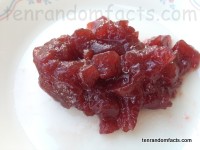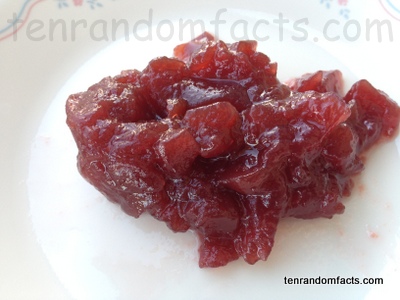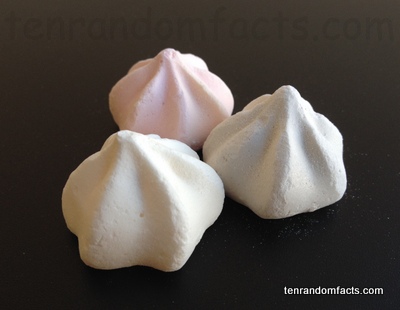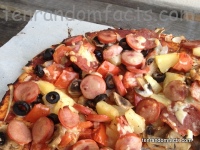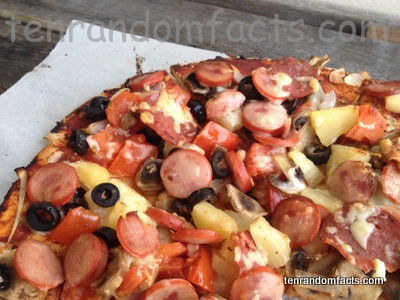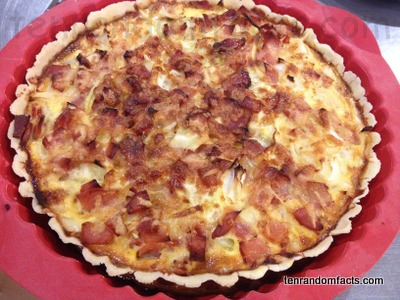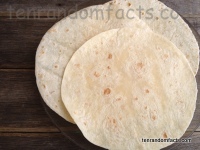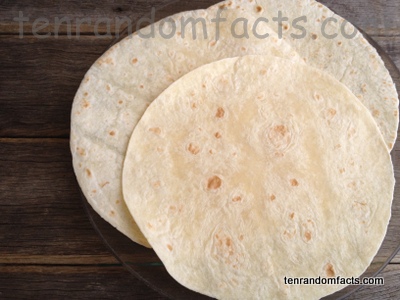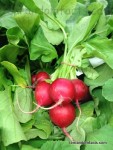
These radish facts are radical.
- A radish is a savoury vegetable and the root of the plant Raphanus sativus, and there are many cultivated varieties of the vegetable.
- Radishes are from the family Brassicaceae, the family of mustard and cabbages, and they generally have a sweet, peppery flavour, and are crunchy when raw.
- Radishes grow quickly and some varieties can be harvested after as little as three weeks, although other varieties can take some months to grow.
- Although there is no historical record of the origin of radishes, it is believed that they are native to Southeast Asia due to the plant growing in the wild there.
- Radishes are coloured red, white, green, pink, purple, yellow or black depending on the variety, and they generally have white coloured flesh.
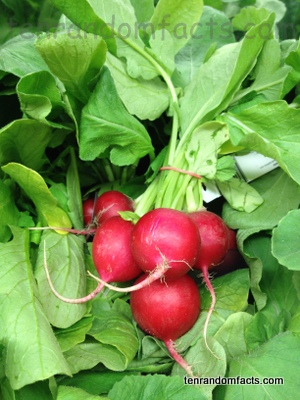
- Radishes are typically spherical or cylindrical in shape, and range from 2.5 to 60 centimetres (1 to 23.6 inches) in length, with leaves ranging from 10 to 60 centimetres (4 to 24 inches) in height.
- Radishes are often eaten raw, as a side vegetable or in salads, and they can be made into juice or condiments like pickles, while the leaves can also be eaten, and are often used in soup.
- Radish seeds can be used for sprouting purposes, and the seeds can also be made into oil.
- In 2007, 6.35 million tonnes (7 million tons) of radishes were produced around the world.
- Radishes are high in vitamin C and are good sources of folate and potassium.
Bibliography:
Radish, 2014, Wikipedia, http://en.wikipedia.org/wiki/Radish
Radish, n.d, Good Food, http://www.bbcgoodfood.com/glossary/radish




